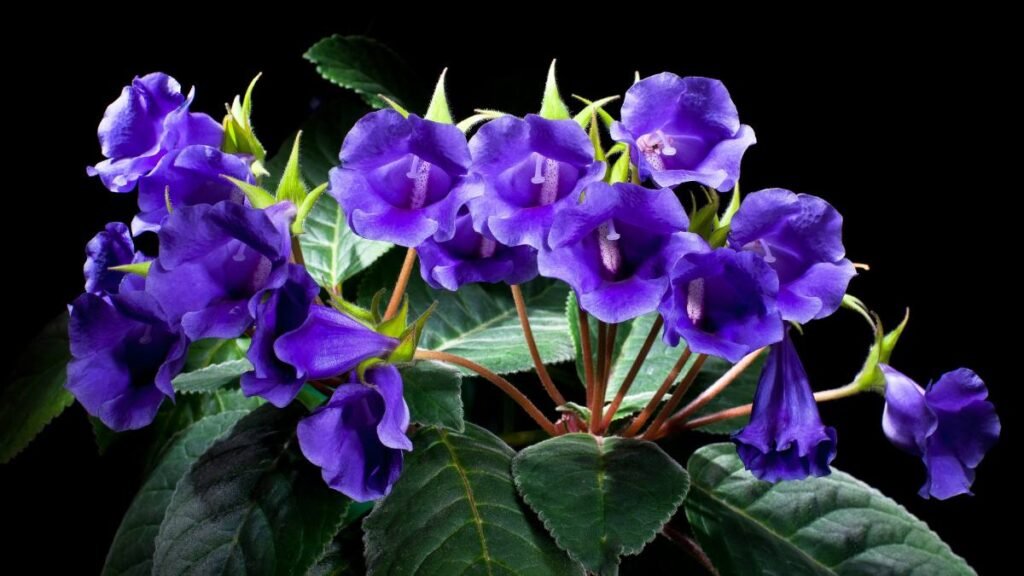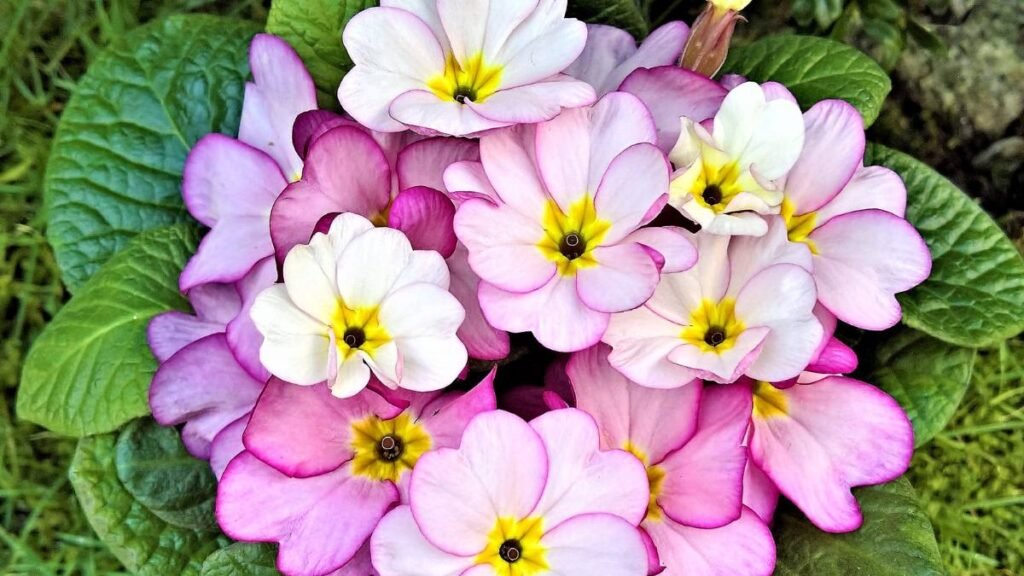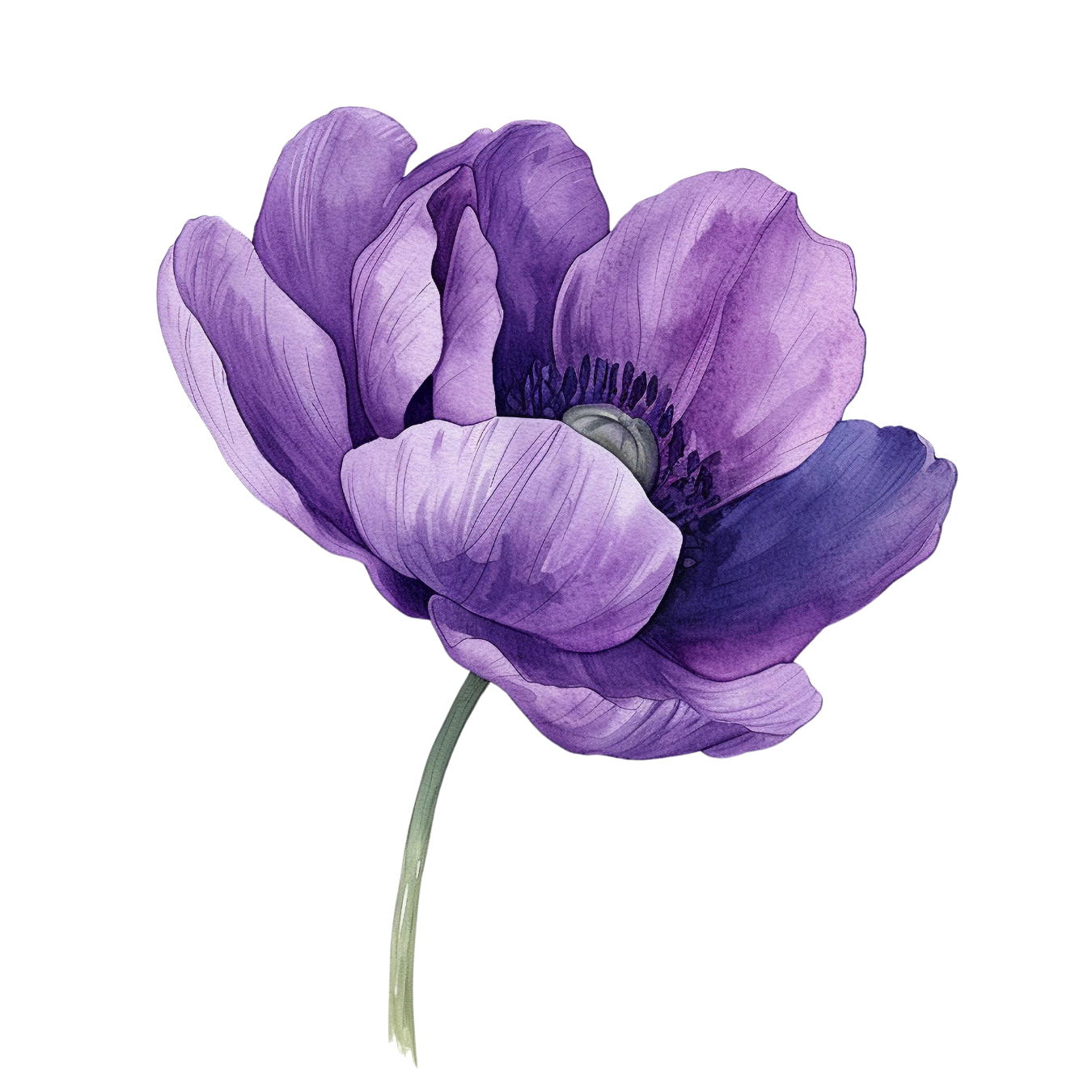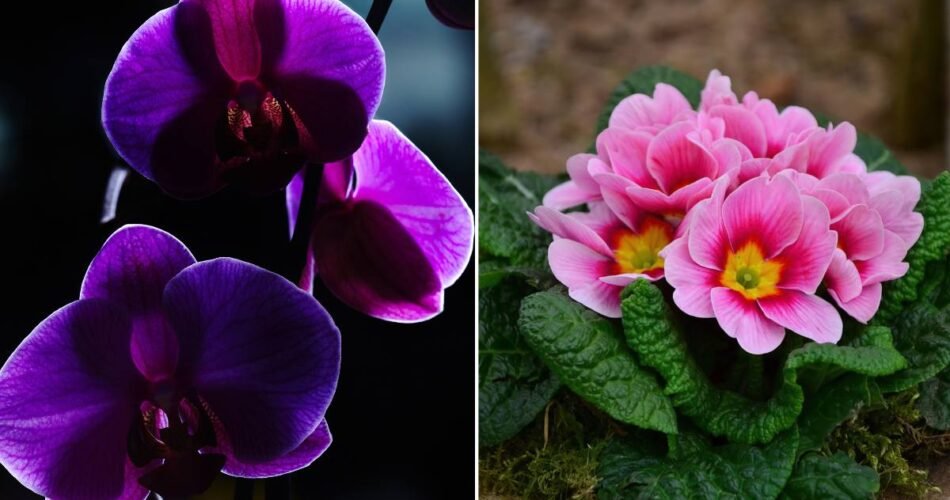What are the February birth flowers?
Are you curious about the hidden meanings behind February’s birth flowers? Violets and primroses aren’t just beautiful—they’re packed with symbolism. Violets represent modesty and faithfulness, while primroses signify new beginnings and young love. Imagine adding these meaningful blooms to your garden or gifting them to someone special. Intrigued? Let’s dive into the fascinating world of violets and primroses and uncover their secrets together.
TL;DR: Discover the meanings of February’s birth flowers, violets and primroses. Violets symbolize modesty and faithfulness, while primroses represent new beginnings and young love. Perfect for your garden or as a heartfelt gift!
Related Post: Birth Flowers for all 12 months
History & Origin of Violets

Violets, or Viola, have a rich history that spans centuries and cultures. Revered for their sweet fragrance and delicate appearance, Violets have been a symbol of Athens for their humility and modesty. According to Greek mythology, Violets sprung from the tears of Io, a mortal loved by Zeus. They are one of the first flowers to bloom at winter’s end, making them a symbol of rebirth and renewal, fitting for their association with February.
What does Violets mean?
The meaning of Violets varies with their color, but generally, these flowers are associated with loyalty, steadfastness, and humility.
- Purple Violets are most common and signify thoughts of love and the act of remembering.
- White Violets represent purity and innocence, ideal for expressing genuine admiration.
- Blue Violets stand for trustworthiness and reliability, echoing the values of true friendship.



How to care for Violets
Violets are relatively easy to care for, making them a great addition to any garden or home.
- Light: They prefer indirect light or partial shade, as too much sun can harm their delicate petals.
- Soil: Plant Violets in rich, well-drained soil to mimic their natural woodland habitat.
- Watering: Keep the soil consistently moist but avoid waterlogging, as Violets do not like to sit in water.
- Feeding: Use a balanced, slow-release fertilizer during the growing season to encourage healthy growth and vibrant blooms.
Interesting or less known facts about Violets
- Napoleon’s Flower: Violets were famously known as “Napoleon’s Flower” because he often wore them and sent bouquets to Josephine. After his exile, supporters used Violets as a secret symbol.
- Victorian Language of Flowers: In the Victorian era, Violets were a symbol of modesty and faithfulness. Giving someone a Violet was a way to convey “I’ll always be true.”
- Medicinal Uses: Historically, Violets have been used for their medicinal properties, including treating headaches and inflammation.
History & Origin of Primroses

Primroses, or Primula, are one of the earliest spring flowers to bloom, often seen as heralds of the coming season. Their name comes from the Latin word prima rosa, meaning “first rose” of the year, despite not being related to roses. This early blooming is why Primroses are linked with February, symbolizing the anticipation of spring and the renewal it brings. In folklore, Primroses are often associated with fairies and are said to provide protection against misfortune if scattered on a doorstep.
What does Primroses mean?
Primroses are not just early bloomers; they’re rich in symbolism too. These lovely flowers traditionally represent youth, renewal, and the joy found in life, perfectly capturing the essence of spring’s arrival. In the language of flowers, giving someone Primroses can mean, “I can’t live without you,” reflecting deep affection and attachment. Moreover, due to their habit of blooming early, they symbolize new beginnings and the hope that comes with the start of something new.
How to care for Primroses
Primroses are delightful additions to any garden or indoor setting, and they’re quite straightforward to care for. Here are some tips to keep your Primroses thriving:
- Soil: Primroses prefer well-draining, rich soil. They thrive in humus-rich environments, so consider adding compost or peat moss to enrich your soil.
- Light: While they enjoy light, Primroses do best in partial shade, mimicking their natural woodland habitat. Too much direct sunlight can scorch their leaves.
- Watering: Keep the soil moist but not waterlogged. Primroses enjoy consistent moisture, especially during the growing season. Ensure good drainage to prevent root rot.
- Temperature: Primroses favor cooler temperatures, which is why they bloom so early in the year. They can tolerate a light frost but protect them from harsh winter conditions.
- Feeding: A light application of a balanced, slow-release fertilizer in the spring can help support their growth and blooming.
Interesting or less known facts about Primroses
- Fairy Flowers: Primroses are often associated with fairies in folklore. Legend has it that these flowers allow the bearer to see fairies, making them a magical addition to any garden.
- Night Blooming: Some Primrose varieties bloom at night, adding a unique charm to moonlit gardens. They close during the day and open up at dusk, releasing a sweet fragrance.
- Medicinal Uses: Primroses have been used in traditional medicine to treat a variety of ailments, from rheumatism to skin diseases. The entire plant, from petals to roots, has medicinal properties.
February Birth Flower Comparison
| Month | Birth Flower | Characteristics | Symbolism |
|---|---|---|---|
| February | Violet | Heart-shaped leaves, violet or white flowers | Virtue, modesty, faithfulness |
Primrose | Bright colors, often yellow, grows in clusters | Young love, eternal existence |
What are the popular February birth flower gifts?
February’s birth flowers, Violets and Primroses, provide a wide range of gifting options, perfect for birthdays, Valentine’s Day, or simply to brighten someone’s day during the colder months.
- Bouquets: A bouquet featuring the vibrant hues of Violets and the delicate beauty of Primroses can make for a thoughtful and visually stunning gift.
- Potted Plants: Gifting potted Violets or Primroses allows the recipient to enjoy these charming blooms indoors, bringing a touch of spring’s promise into their home.
- Garden Kits: For the gardening enthusiast, a kit with Violet and Primrose seeds or bulbs can be a delightful gift, allowing them to cultivate their own patch of February’s birth flowers.
- Themed Merchandise: From scented candles and soaps that capture the fragrances of Violets and Primroses to art prints and stationery adorned with these flowers, themed merchandise makes for a creative and lasting gift.
Here are some more gift ideas featuring February’s birth flowers to explore.








What are some artistic or creative applications of February birth flower gifts?
The beauty of February’s birth flowers, Violets and Primroses, inspires a myriad of artistic and creative applications, far beyond traditional bouquets and garden beds:
- Art and Illustration: These flowers make beautiful subjects for paintings, drawings, and digital art, capturing their delicate forms and vibrant colors.
- Home Decor: Incorporate Violets and Primroses into home decor through floral arrangements, pressed flower art, or even as inspiration for color schemes in textiles and wallpapers.
- Personal Accessories: Jewelry designers often use the shapes and colors of these flowers in their creations, from necklaces and earrings to brooches and rings.
- Tattoos: For a more permanent tribute, tattoos of Violets or Primroses can be a beautiful and meaningful way to celebrate a connection to February, symbolizing loyalty, renewal, and the promise of spring.
Conclusion
February’s birth flowers, Violets and Primroses, are not just a delight to the senses; they’re steeped in history, symbolism, and folklore. Violets, with their deep hues and sweet scent, speak of loyalty and faithfulness, while Primroses herald the arrival of spring, symbolizing renewal and fresh beginnings. These flowers remind us to appreciate the smaller joys in life, the beauty in nature, and the promise of warmer days to come. Let’s celebrate these blooms by incorporating them into our lives and sharing their beauty and meaning with others.
10 FAQs
What are the birth flowers for February?
Violets and Primroses.
What do Violets symbolize?
Loyalty, faithfulness, and humility.
What is the meaning behind Primroses?
Youth, renewal, and new beginnings.
How should I care for potted Violets?
Provide indirect light, keep the soil moist, and ensure good drainage.
Can Primroses survive frost?
Yes, they can tolerate light frost but should be protected from severe winter weather.
Are Violets edible?
Yes, both the flowers and leaves are edible and often used in salads or as garnishes.
How long do Primroses bloom?
Primroses can bloom from late winter through early spring, depending on the variety and environment.
Can Violets be used in herbal remedies?
Yes, Violets have been used traditionally for various medicinal purposes.
Are Primroses suitable for indoor planting?
Yes, Primroses can be grown indoors, provided they have enough light and moisture.
What are some unique gift ideas using February’s birth flowers?
Consider themed merchandise, floral art, DIY garden kits, or personalized floral jewelry.

